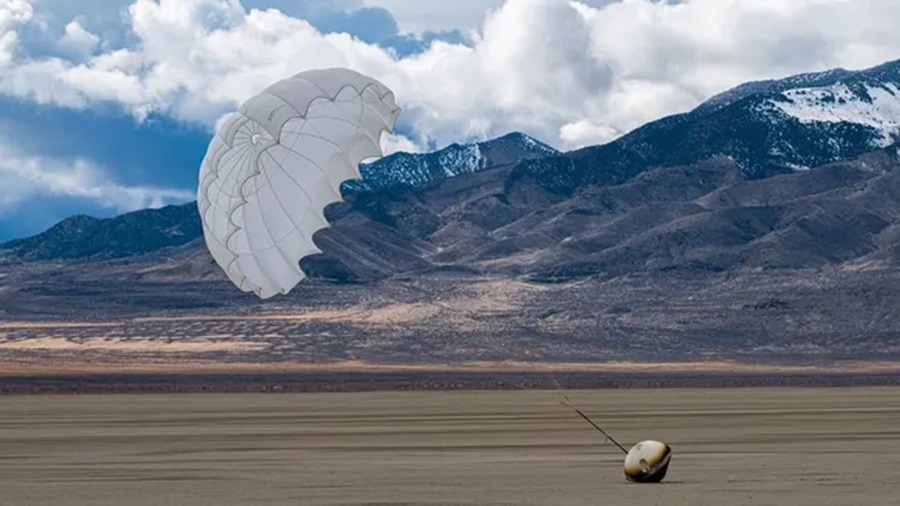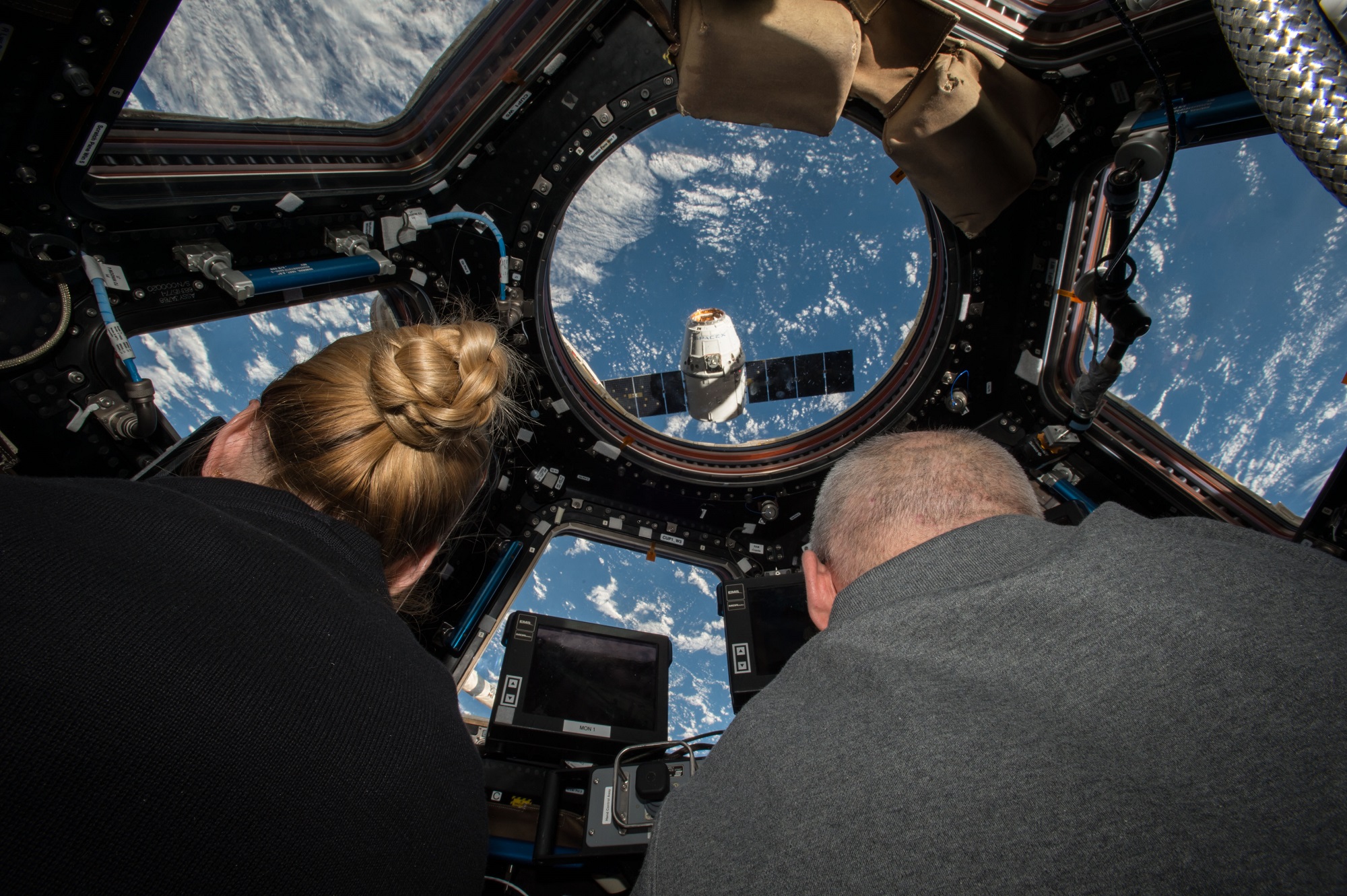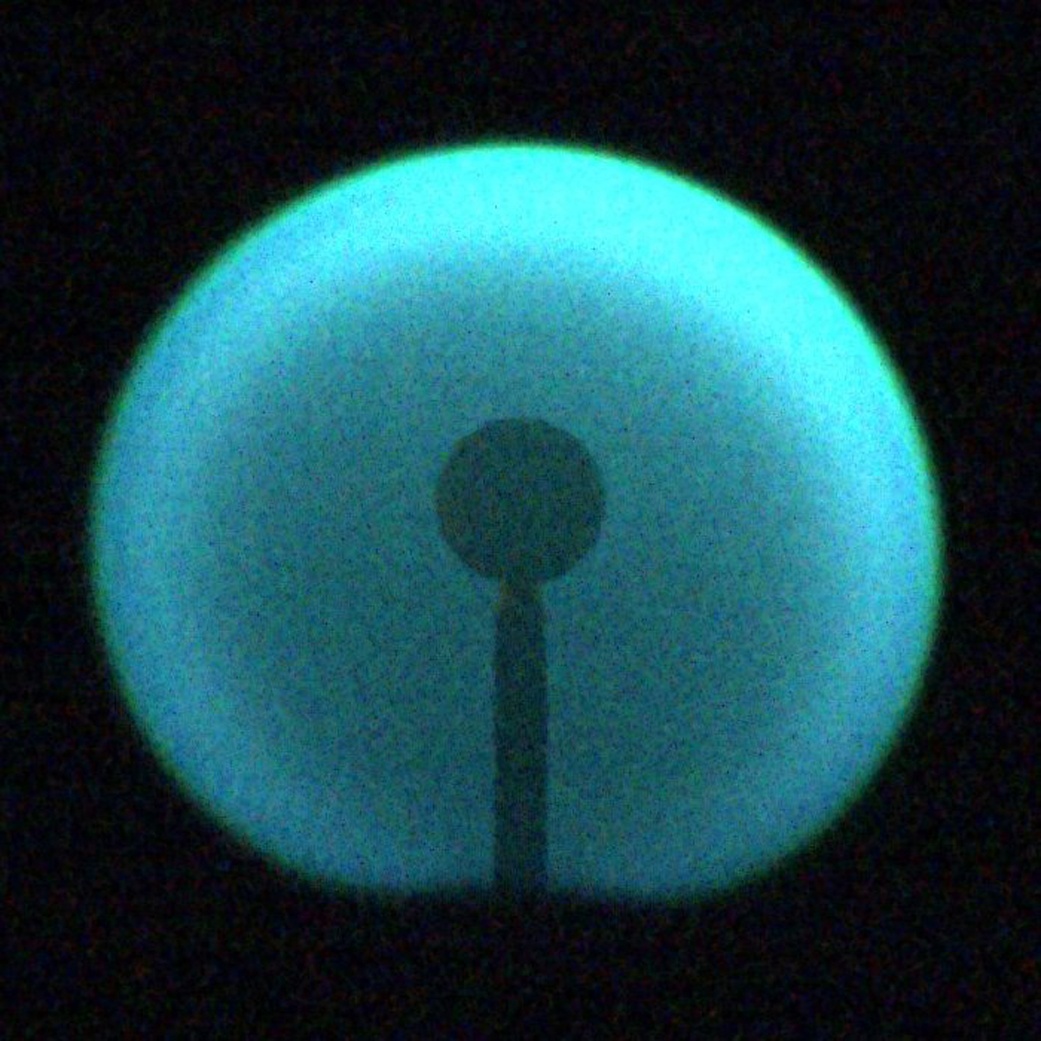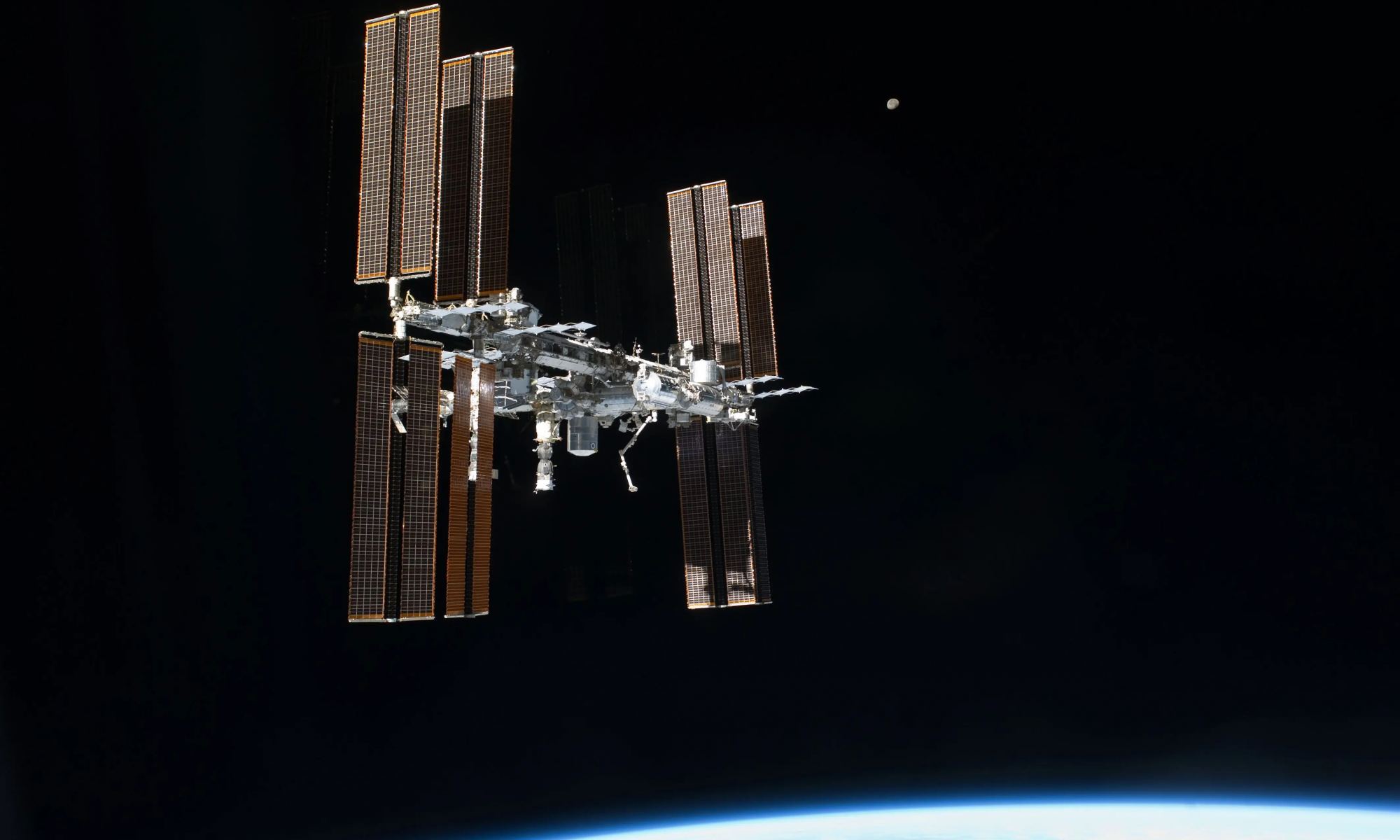Extended periods spent in microgravity can take a serious toll on the human body, leading to muscular atrophy, bone density loss, vision problems, and changes to the cardiovascular, endocrine, and nervous systems. At the same time, however, scientists have found that microgravity may play a key role in the future of medicine. This includes bioprinting in space, where cultured cells are printed out to form organic tissues and organs without the need for grafts. Printing in microgravity also ensures that fragile cell structures do not collapse due to pressures caused by Earth’s gravity.
However, space medicine may also have applications for stem cell research, which also benefit from a microgravity environment. Stem cells have countless applications in medicine because of their ability to quickly replicate and differentiate into many different types of cells. Based on experiments carried out aboard the International Space Station (ISS), researchers from the Mayo Clinic in Florida determined that these abilities are enhanced when grown in space. These findings could have significant benefits in the study of disease prevention and treatment on Earth, as well as medical treatments delivered in space.
Continue reading “Stem Cells Grown in Space Could Revolutionize Medicine Here on Earth”








